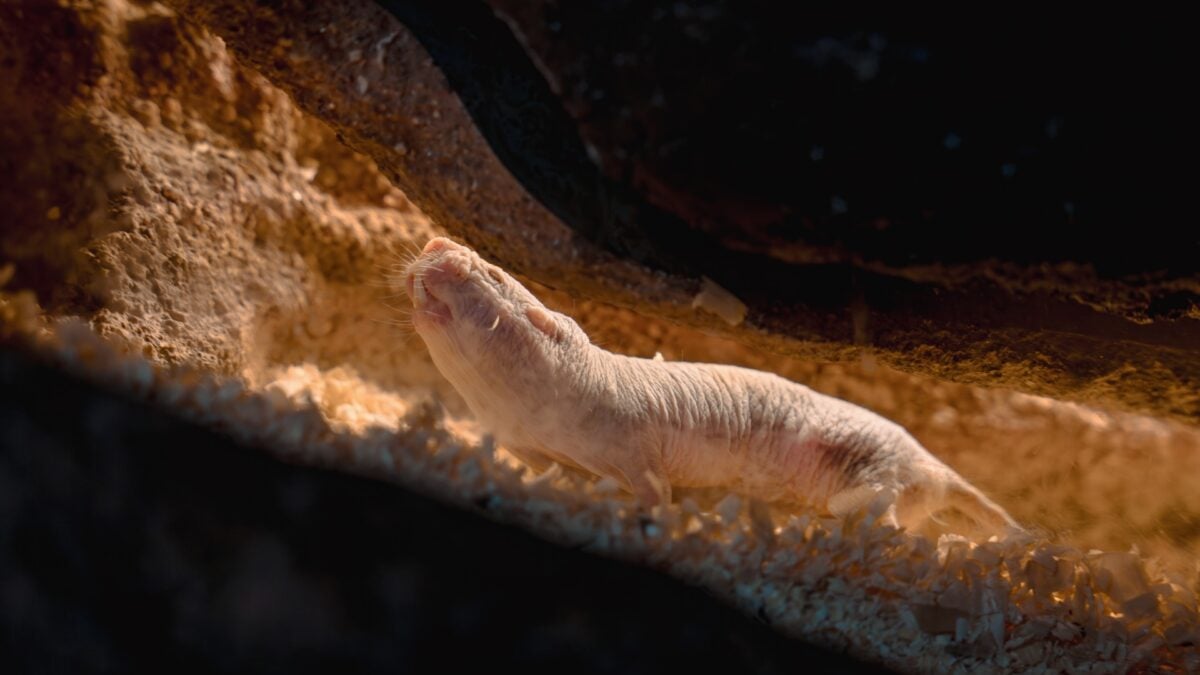Elon Musk’s Starlink satellites are falling back to Earth, with up to four burning up in the atmosphere each day, according to space trackers.
Jonathan McDowell, an astronomer at the Harvard–Smithsonian Center for Astrophysics, told…

Elon Musk’s Starlink satellites are falling back to Earth, with up to four burning up in the atmosphere each day, according to space trackers.
Jonathan McDowell, an astronomer at the Harvard–Smithsonian Center for Astrophysics, told…

When NASA’s Artemis astronauts touch down near the Moon’s south pole, they may step into a natural archive of the Moon’s deepest secrets.
A new study, led by Jeffrey Andrews-Hanna at the University of Arizona, argues that this region lies on…
This request seems a bit unusual, so we need to confirm that you’re human. Please press and hold the button until it turns completely green. Thank you for your cooperation!

Perhaps you live in the kind of household that likes to divide up the chores. You take the dishes, while someone else does the trash. If so, you are not so far off from the habits of a naked mole-rat, according to a new study.
The…
This request seems a bit unusual, so we need to confirm that you’re human. Please press and hold the button until it turns completely green. Thank you for your cooperation!